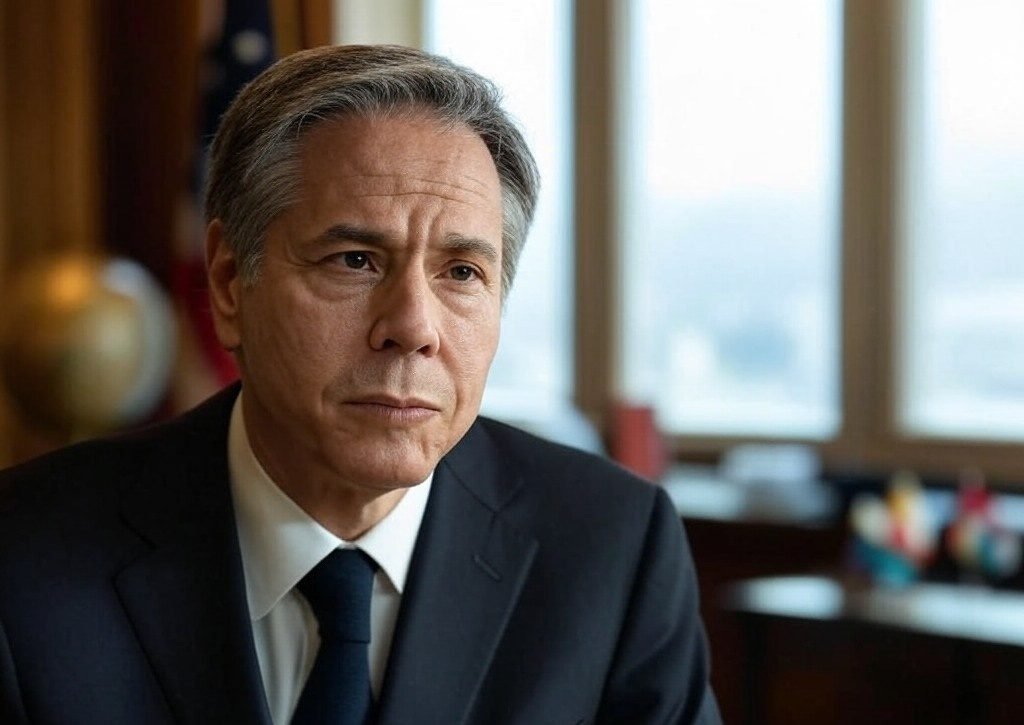Hope Amidst Conflict: The First Hostage Release in the Israel-Hamas Ceasefire
The recent release of three hostages from Gaza marks a significant moment in the ongoing conflict between Israel and Hamas, a situation that has escalated into one of the most devastating wars in recent history. This initial hostage release was made possible by a fragile ceasefire that has raised hopes for further humanitarian measures and the eventual end to hostilities that have gripped the region for over 15 months. As the world watches, the stories of the released hostages provide a glimpse into the human side of this complex conflict.
Hostages Released: A Moment of Joy and Relief
On the day the ceasefire took effect, the Israeli military announced that the first three hostages—Emily Damari, Romi Gonen, and Doron Steinbrecher—had arrived back in Israel. Their mothers were eagerly waiting to embrace them, a poignant scene that captured the emotional weight of the moment. Footage showed the three women walking toward Red Cross vehicles in Gaza City, surrounded by an exuberant crowd that swelled into the thousands. People held up cellphones to capture the historic moment, trying to document a glimmer of hope in a sea of despair.
Masked and armed men, adorned with green Hamas headbands, struggled to guard the handover, a stark reminder of the chaotic environment surrounding the hostage release. After their release, the women were taken for medical assessments, with President Joe Biden commenting that they “appear to be in good health.” This initial assessment was crucial, as many families have been anxiously waiting for news about their loved ones who were kidnapped during the hostilities.
The Personal Stories of the Released Hostages
Emily Damari, a 28-year-old dual citizen of Israel and Britain, emerged as a symbol of resilience. Despite losing two fingers during the attack that precipitated the war, she raised her bandaged hand in triumph upon her release. Her story resonates deeply with the Israeli public, many of whom gathered in Tel Aviv to celebrate her return. As the crowd erupted in applause, it was evident that the release of hostages had become a unifying moment for a nation yearning for peace.
Romi Gonen, 24, was abducted from the Nova music festival, a tragic event that marked the beginning of the conflict. Doron Steinbrecher, 31, was taken from Kibbutz Kfar Aza. Their diverse backgrounds—Damari being a dual citizen, Steinbrecher holding Israeli and Romanian citizenship—reflect the intertwining lives that have been affected by this conflict. The emotional reunions of these women with their families serve as a reminder of the human cost of the ongoing violence.
The Ceasefire Agreement: A Fragile Step Towards Peace
The ceasefire, which began at 11:15 a.m. local time, is a pivotal first step toward potentially ending the conflict and facilitating the release of nearly 100 remaining hostages. Despite a last-minute delay by Hamas that postponed the truce’s start by nearly three hours, the group expressed commitment to the ceasefire, allowing for the first hostages to be released.
Following the announcement of the ceasefire, celebrations erupted across Gaza as some Palestinians began to return home. The initial phase of the ceasefire is expected to last for six weeks, during which time 33 hostages will gradually be returned, along with the release of hundreds of Palestinian prisoners. This exchange marks a significant moment, as both sides navigate the complex dynamics of hostages and prisoners amidst the backdrop of war.
Humanitarian Aid: A Critical Component of the Ceasefire
With the ceasefire in place, there is also hope for a surge of humanitarian aid into Gaza. Hundreds of trucks are expected to flow into the region daily, significantly more than what was allowed before the truce. The U.N. World Food Program has indicated that trucks began entering through two crossings, a necessary measure in light of the immense humanitarian crisis facing the population. According to reports, over 90% of Gaza’s inhabitants have been displaced, and rebuilding efforts will take years, emphasizing the need for immediate humanitarian support.
The Toll of War: A Community in Mourning
While the release of hostages and the ceasefire brings a moment of relief, it is essential to acknowledge the immense toll of the conflict. The war has claimed the lives of over 46,000 Palestinians, with women and children accounting for more than half of the fatalities. The recent attacks have left deep emotional scars and physical destruction across the landscape of Gaza, where many residents are returning to find their homes reduced to rubble.
“This ceasefire was a joy mixed with pain because my son was martyred in this war,” said Rami Nofal, a displaced man from Gaza City. Such sentiments echo throughout the region, as families grapple with loss while clinging to hope for a peaceful resolution. As humanitarian efforts ramp up, the challenge remains to address the needs of those affected while navigating the complexities of a region still embroiled in conflict.
Divided Opinions in Israel: The Complexity of Peace
Back in Israel, the ceasefire has sparked divided opinions among the public. Some, like Asher Pizem, 35, from Sderot, express skepticism, believing that the ceasefire merely postpones the inevitable confrontation with Hamas. “They will take the time and attack again,” he stated, reflecting a common fear that a temporary peace may not lead to lasting solutions. This sentiment is echoed by others who worry that allowing aid into Gaza could bolster Hamas’s capabilities.
Conversely, there are those who view the ceasefire as a necessary step toward long-term stability. President Biden’s assurance that he has no concerns about Hamas regrouping adds another layer of complexity to the situation. The political dynamics surrounding the ceasefire are intricate, with Israeli National Security Minister Itamar Ben-Gvir’s departure from the government in protest highlighting the internal tensions regarding the ceasefire agreement.
Looking Ahead: The Future of Gaza and Israel
As the initial phase of the ceasefire takes shape, major questions loom regarding the future of Gaza and Israel. The potential for a second phase of negotiations could redefine the trajectory of the conflict. However, significant hurdles remain, including the complex interplay of political, social, and humanitarian challenges that have long plagued the region.
The recovery of a soldier’s body from the 2014 Israel-Hamas war adds another layer to the ongoing narrative, serving as a reminder of the long-standing history of conflict that has led to current tensions. As international mediators, including the United States, Qatar, and Egypt, continue to facilitate discussions, the hope for a sustainable peace remains fragile but possible.
Conclusion
The release of hostages amid the fragile ceasefire offers a glimmer of hope in an otherwise bleak landscape. As families reunite and humanitarian aid flows into Gaza, the complex realities of the conflict remind us that while moments of joy exist, they are often intertwined with profound loss and suffering. The road to lasting peace will be long and challenging, but the human stories emerging from this crisis serve as a poignant reminder of the resilience and strength of individuals caught in the crossfire of a protracted conflict.




